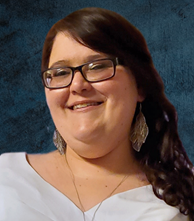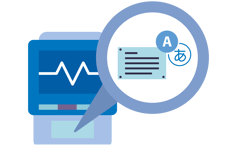
Translating content for medical devices helps users minimize the risk of adverse effects associated with malfunctions. Imagine trying to figure out how an X-ray machine works without being able to read instructions or receive assistance in your preferred language. Many countries require medical device companies to comply with regulations that protect patients, including guidelines for translation. In this article, we’ll focus on translation regulations in the United States and European Union:
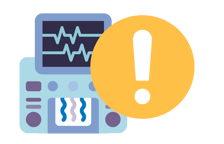 US FDA
US FDA
The US Food & Drug Administration “monitors reports of adverse events and other problems with medical devices and alerts health professionals and the public when needed to ensure proper use of devices and the health and safety of patients.”
Official regulation for translation
“(2) If a part of the material submitted is in a foreign language, it must be accompanied by an English translation verified to be complete and accurate, together with the name, address, and a brief statement of the qualifications of the person making the translation. A translation of literature or other material in a foreign language is to be accompanied by copies of the original publication.”
EU MDR
The European Union’s (EU) Medical Device Regulation (MDR) 2017/745 went into effect on May 26, 2021. MDR 2017/745 helps increase patient safety and promotes multilingualism and the EU’s goal of linguistic diversity. The regulation expanded linguistic requirements for MedTech manufacturers and their business contents.
Official regulation for translation
Article 16.3:
“Distributors and importers shall ensure that they have in place a quality management system that includes procedures which ensure that the translation of information is accurate and up-to-date […].”
Article 19.1:
“The EU declaration of conformity shall, as a minimum, contain the information set out in Annex IV and shall be translated into an official Union language or languages required by the Member State(s) in which the device is made available.”
Article 89.8:
“The field safety notice shall be edited in an official Union language or languages determined by the Member State in which the field safety corrective action is taken.”
Annex II, Article 2: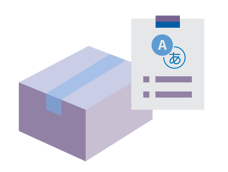
“— the label or labels on the device and on its packaging, such as single unit packaging, sales packaging, transport packaging in case of specific management conditions, in the languages accepted in the Member States where the device is envisaged to be sold; […].”
How to comply with EU MDR:
- Translated materials should include labeling, packaging, instructions for use (IFU), implant cards (ICs), and Field Safety Notices (FSN).
- Medical device manufacturers must adapt their product language to the country where they want to market it.
Keep in mind that there are 24 official EU languages, counting all 30 Member States of the EU-single market (EU and EEA):
|
24 official EU languages |
|||
|
Bulgarian |
Croatian |
Czech |
Danish |
|
Dutch |
English |
Estonian |
Finnish |
|
French |
German |
Greek |
Hungarian |
|
Icelandic |
Italian |
Lithuanian |
Luxembourgish |
|
Maltese |
Norwegian |
Portuguese |
Romanian |
|
Slovakian |
Slovenian |
Spanish |
Swedish |
- Before the MDR was implemented, translations were typically required after a medical device received a CE marking. Now, translations of documents such as IFUs must be submitted as part of the technical dossier required by the notified bodies for conformity assessment. In order to meet the new requirements, the translation will now need to be considered earlier in your workflow.
Choose CyraCom to help you comply with translation regulations
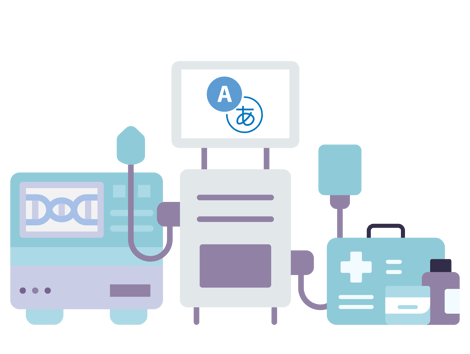 CyraCom’s translators are subject-matter experts in life science, including medical device translation. We deliver:
CyraCom’s translators are subject-matter experts in life science, including medical device translation. We deliver:
300+ Languages
- We can help you translate medical device materials into the required 24 European languages, and we offer 300+ languages for your other translation needs.
ISO 13485:2016 certification for medical device translation
- CyraCom International, Inc. maintains an ISO 13485:2016 certification, which accredits the company for medical device translation.
Additional reading - Why are ISO accreditations So Important?
ISO-accredited processes
- In addition to the ISO 13485:2016 certification for translating medical devices, the company also holds certifications for ISO 9001:2015 Quality Management System and ISO 17100: 2015 Translation Services.
High-quality translation, proofreading, & editing
- Our quality-assured translation process helps ensure your translated content meets MDR requirements. Our linguists’ extensive experience and cultural knowledge to deliver complete and accurate translations.
Get a free translation quote today
Contact our team at translation@cyracom.com to ask questions or submit a request for a free quote.




